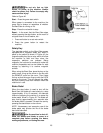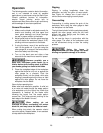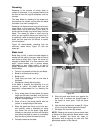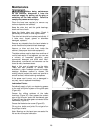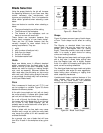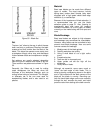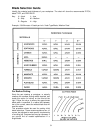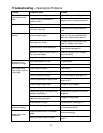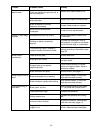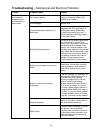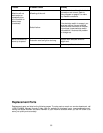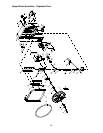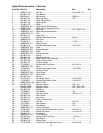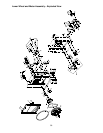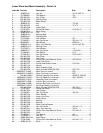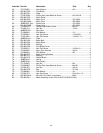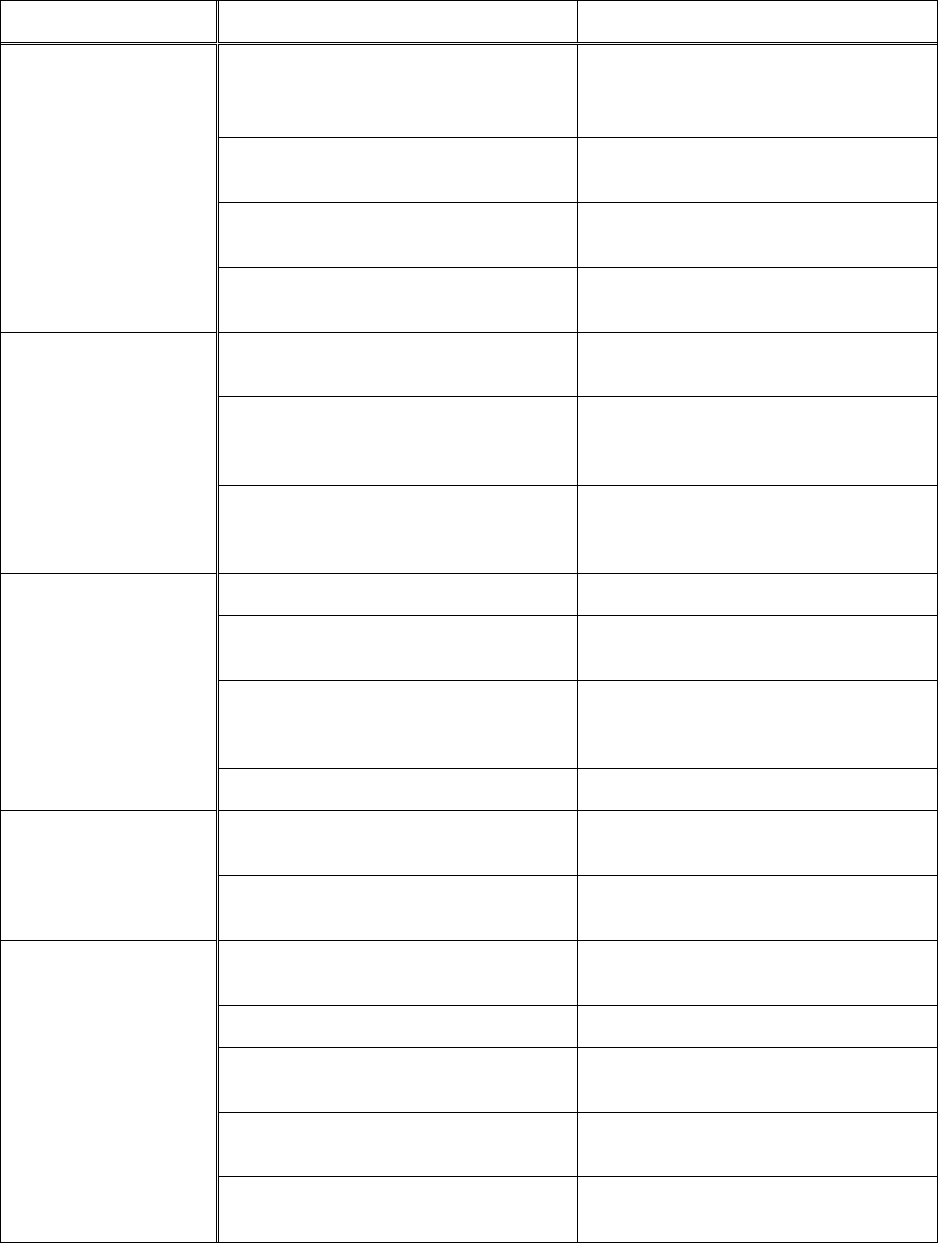
33
Trouble Probable Cause Remedy
Blade forms cracks at
base of teeth.
Teeth not suitable for particular job, or
are incorrectly set.
Replace with proper blade for job.
Blade thickness not suitable for band
wheel diameter.
Replace with proper thickness blade.
Blade sharpened incorrectly,
becomes overheated.
Sharpen blade properly or replace.
Band wheels have become
misaligned.
Contact service representative.
Cracks on back edge
of blade.
Workpiece being fed too quickly.
Reduce feed speed to lessen strain
on the blade.
Welding on blade not perfectly
aligned.
Eliminate the welded part, and re-
weld properly; or acquire a new blade.
Round the back edge of a new blade.
Thrust bearing is worn; caused by
constant contact with back of blade.
Replace thrust bearing. Adjust new
bearing according to instructions (see
page 20).
Blade breaks
prematurely.
Feed force too great. Reduce feed force.
Blade pitch too coarse.
Refer to blade selection chart; use
finer pitch blade.
Support bearing not properly
supporting blade.
Check support bearing for correct
position and signs of wear. Adjust or
replace as needed.
Blade tensioned too tightly. Reduce tension (see page 17).
Blade breaks close to
weld.
Blade overheated during welding.
Have blade annealed, or eliminate
brittle part and weld correctly.
Blade cooled too rapidly after welding.
Have blade annealed, or eliminate
brittle part and weld correctly.
Premature dulling of
saw teeth.
Blade “pitch” too fine.
Refer to blade selection chart (page
31). Use blade with coarser pitch.
Feed pressure too light. Increase feed pressure.
Cutting rate too low.
Increase feed pressure and cutting
rate.
Incorrect choice of blade.
Re-examine material. Select proper
blade from the chart (page 31).
Chipped tooth or foreign object
lodged in cut.
Stop the saw and remove lodged
particle. Replace blade if damaged.



